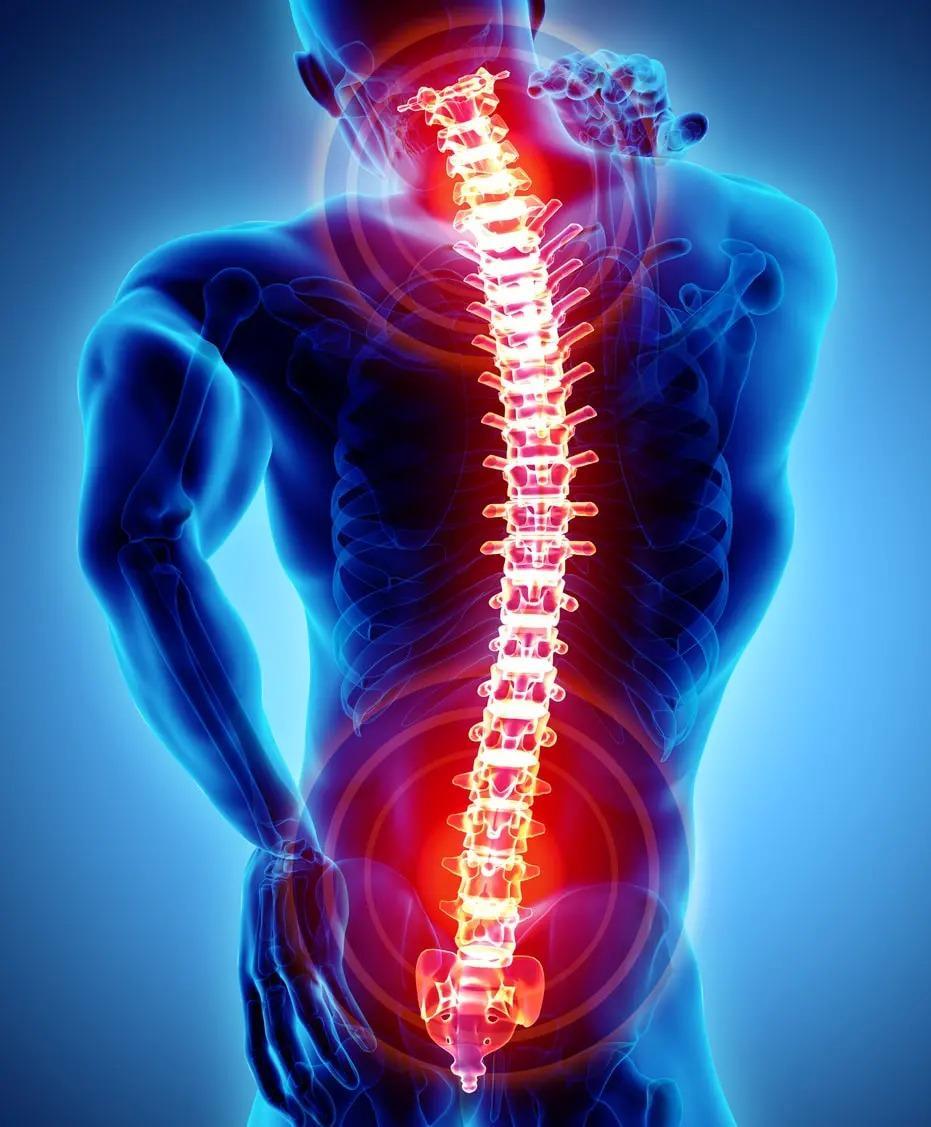
Spinal Cord Stimulation (Pain Management Procedure)
Headed by Dr. Hemaxi Ambani
Spinal cord stimulation (SCS) is a treatment for pain that uses a mild electric current to block nerve impulses in the spine.
WHO IS CANDIDATE FOR SCS ?
SCS is usually considered after other non-surgical treatments like medications or physical therapy haven't provided enough pain relief. It's important to note that SCS doesn't address the source of the pain, but rather helps manage it.
PROCEDURE
Spinal cord stimulation involves two main stages: a trial and permanent implantation (if the trial is successful).
Trial procedure: This outpatient procedure assesses if SCS is effective for your specific pain. A doctor inserts thin wires with electrodes (leads) near your spinal cord using a local anesthetic and sedation. The leads are connected to an external pulse generator worn on your belt. Over a week, you'll experience stimulation and record your pain levels to see if it provides relief.
Permanent implantation (if trial is successful): Based on the trial results, you might opt for a permanent implant. This procedure is performed under general anesthesia. The doctor inserts the leads permanently near your spinal cord and places a pulse generator (similar to a pacemaker) under the skin in your abdomen or buttocks. The leads are tunneled under the skin to connect with the generator. The generator delivers electrical pulses according to settings programmed by your doctor, which you can later adjust using a remote control.
COMPONENTS PF SCS SYSTEM ?
Electrodes (Leads):These thin wires carry electrical pulses to your spinal cord.
Pulse generator (IPG):This implanted device houses a battery and delivers electrical pulses to the electrodes.
Remote control:This external device allows you to turn the stimulator on/off and adjust settings.
RECOVERY & BEYOND
After surgery, you'll be monitored for a few hours before going home. You might experience some soreness or discomfort at the implant sites, which can be managed with medication. You'll be instructed on caring for the implant sites and using the remote control.
Spinal cord stimulation is not a one-time fix. It's a long-term therapy that requires regular follow-up appointments with your doctor to monitor the device and adjust settings as needed.
ADDITIONAL POINTS CONSIDER

